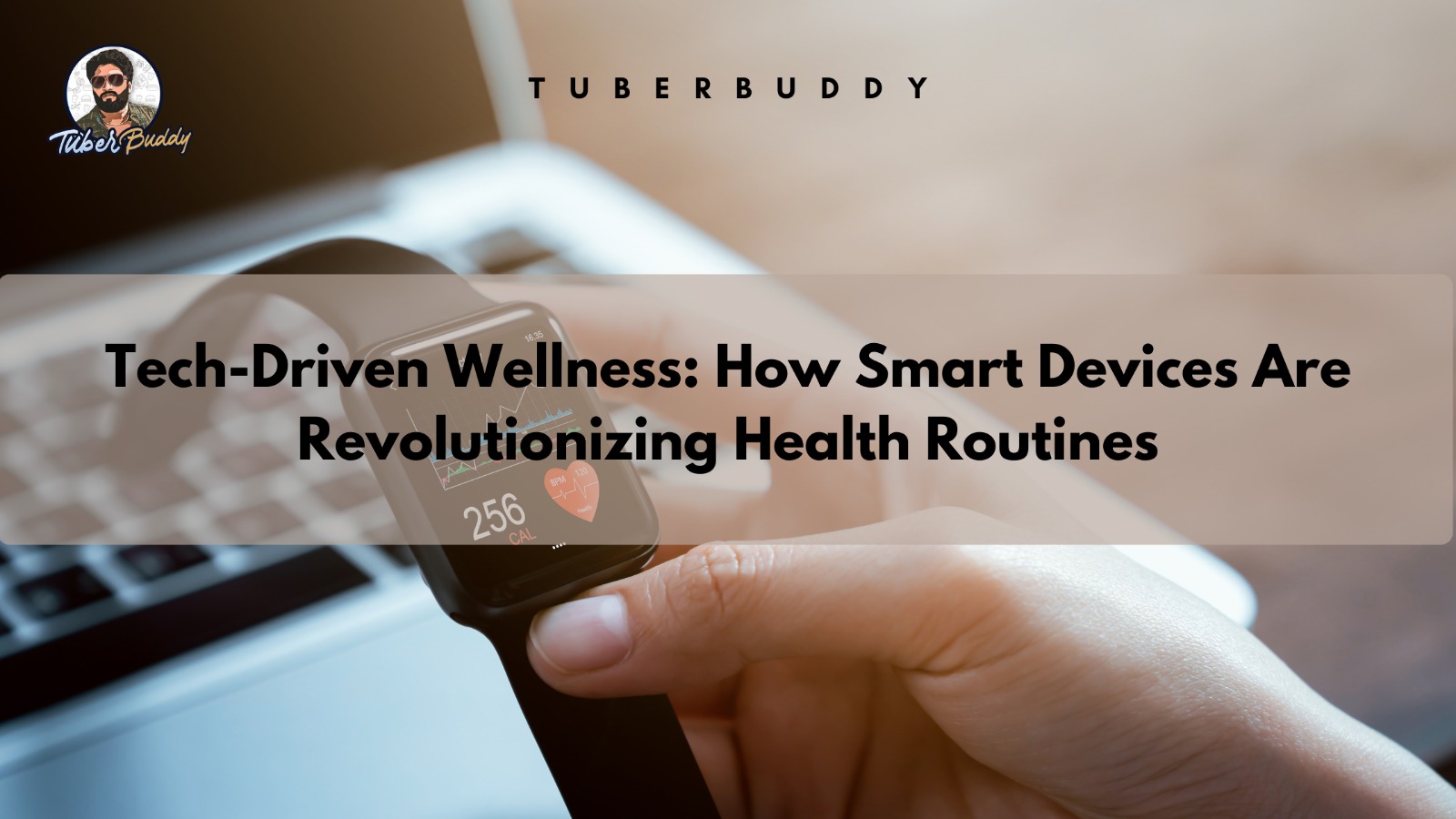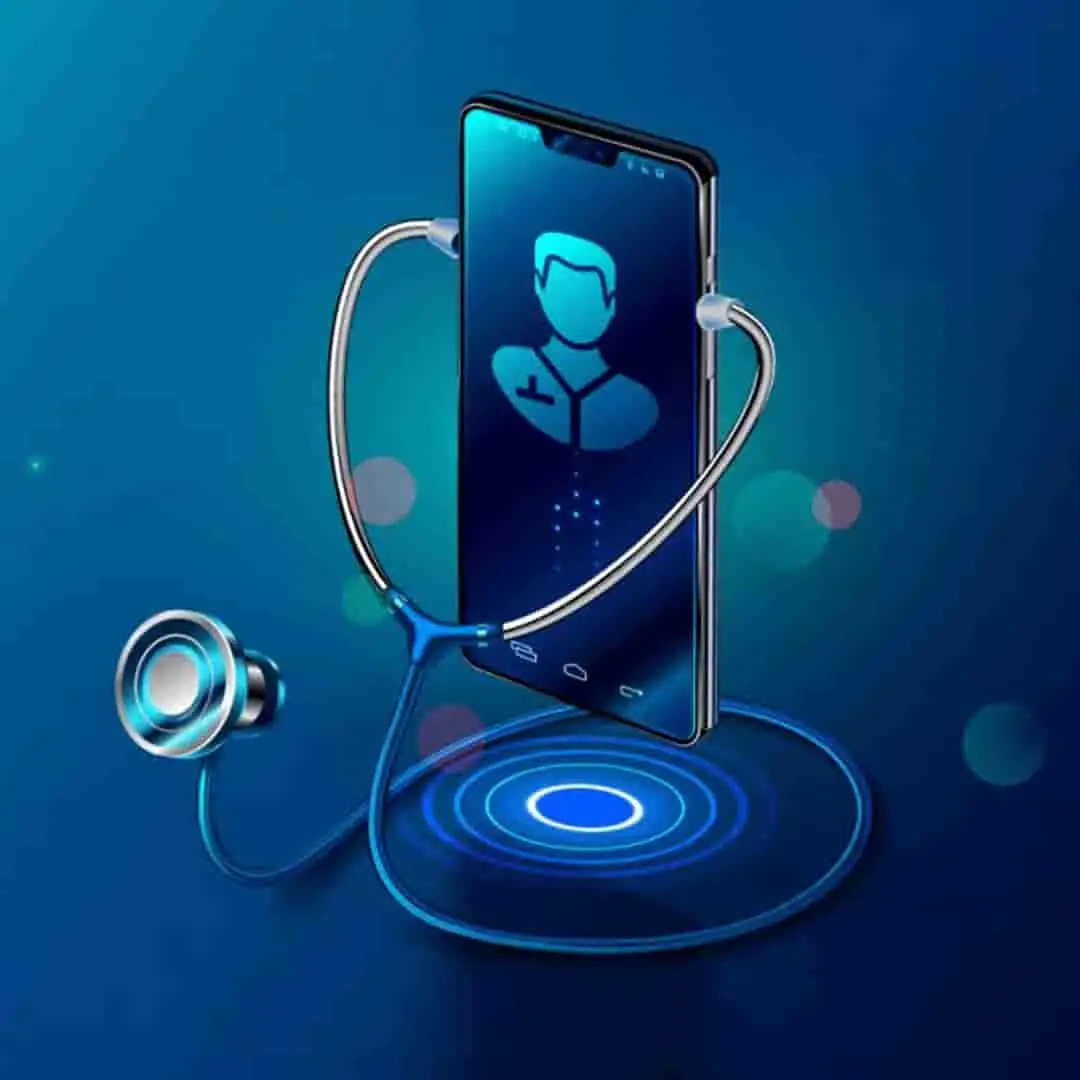The Tech Revolution: How Technology Is Shaping the Future of Healthcare

The wellness industry has experienced a Tech Revolution in recent years, as smart devices are now at the forefront of enhancing health routines. From wearables that monitor activity levels and sleep to AI-powered fitness apps and advanced medical devices, the integration of technology into health has created personalized, data-driven solutions that empower users to lead healthier lives. These innovations are helping individuals track their wellness progress more precisely, improve daily habits, and access tailored insights, all from the convenience of their fingertips.
The Rise of Wearables in Health Tracking
Wearables, such as smartwatches and fitness trackers, have become essential tools for individuals to monitor their health in real time. Devices like the Apple Watch, Fitbit, and Garmin provide a range of features, including heart rate monitoring, step counts, and GPS tracking for activities such as running or cycling. One of the most significant advancements is sleep tracking, which helps users understand their sleep cycles and improve their quality of rest.
In addition, these wearables track key health metrics, including blood oxygen levels and electrocardiograms (ECG), which allow users to keep an eye on potential health issues before they become serious. The real-time data provided by these devices helps people set achievable health goals and track their progress daily, making them proactive about their well-being.
AI-Powered Fitness and Health Apps
Beyond wearables, AI-powered apps are enhancing fitness routines and health management. Apps like MyFitnessPal, Noom, and Nike Training Club provide personalized workout plans, diet recommendations, and mental health support. These platforms leverage machine learning algorithms to analyze users’ preferences, activity levels, and health goals, offering customized solutions that are more effective and engaging.
The integration of AI in these apps allows users to receive virtual coaching, from workout tips to meal planning. With the use of real-time data, AI adapts these recommendations based on performance, making adjustments when needed to ensure that users stay on track with their fitness or weight-loss plans. This tech-driven personalization is making wellness more accessible to people across different lifestyles and fitness levels.
The Role of Smart Scales and Connected Health Devices
Another key element in the Tech Revolution in wellness is the use of smart scales and connected health devices. These smart tools go beyond measuring just body weight—they provide insights into body composition, such as BMI, fat percentage, muscle mass, and hydration levels. With the help of Wi-Fi or Bluetooth connectivity, users can sync these devices with their smartphones or wearables to get a holistic view of their health metrics.
Smart health devices like glucometers, blood pressure monitors, and thermometers are also becoming more sophisticated. By offering continuous monitoring and easy syncing with mobile apps, these devices give users the ability to track critical health data over time, potentially alerting them to significant changes that may require medical attention. These innovations are especially beneficial for those managing chronic conditions such as diabetes, hypertension, or cardiovascular issues, enabling them to maintain better control of their health.
Smart Nutrition: Tech Solutions for Healthy Eating
Nutrition is another area where smart devices are making an impact. Smart kitchen gadgets like food scales and blenders now come equipped with apps that provide recipes, calorie counts, and portion control. Additionally, some wearables and apps allow users to monitor their daily calorie intake and track macros (proteins, carbs, and fats), helping them stick to specific diets like keto or paleo.
Moreover, AI-based meal planning apps analyze users’ dietary preferences and create custom meal plans, helping them stay on top of their nutrition goals without overwhelming effort. By scanning food labels and tracking nutrient intake, users can better manage their diet, contributing to improved overall wellness.
Mental Wellness Meets Smart Technology
As mental health becomes a more prominent part of overall wellness, smart devices are offering new ways to manage stress, anxiety, and mental well-being. Apps like Headspace and Calm provide guided meditation, breathing exercises, and sleep aids to improve mental health. Wearables like Muse, a brain-sensing headband, help individuals practice mindfulness and relaxation by tracking brain activity and providing feedback during meditation sessions.
Additionally, many fitness trackers now come with features to monitor stress levels by tracking metrics like heart rate variability (HRV). This data helps users understand how stress impacts their daily lives and take steps to reduce it. These tools are proving to be essential for achieving a balance between physical and mental wellness.
Personalized Healthcare with AI and Telemedicine
With the rise of telemedicine and AI-driven healthcare, individuals are now able to access personalized medical advice from the comfort of their homes. Smart diagnostic tools like remote thermometers, pulse oximeters, and even AI-based skin analysis apps allow users to identify potential health concerns before visiting a doctor.
Telemedicine platforms enable users to consult with healthcare providers virtually, making it easier to manage routine check-ups, chronic conditions, and mental health therapy without leaving the house. In the future, AI will likely play an even greater role in diagnosing and predicting health issues, offering users even more control over their health outcomes.

The Future of Tech-Driven Wellness
As technology continues to evolve, the future of wellness will become increasingly personalized and accessible. 5G connectivity, advanced AI algorithms, and the rise of the Internet of Medical Things (IoMT) are expected to further integrate smart devices into daily health management. With faster connectivity and real-time data analysis, individuals will be able to take proactive steps toward better health, reducing the need for reactive treatments.
The intersection of technology and wellness promises to offer more accurate, efficient, and tailored solutions, transforming health routines from a reactive practice into a proactive lifestyle. This ongoing Tech Revolution ensures that wellness is no longer just about physical activity or diet—it’s about integrating smarter, data-driven solutions into every aspect of daily life.
For more on health and wellness, check out How to Naturally Boost Dopamine Levels and Cycling for Mental and Physical Health.

